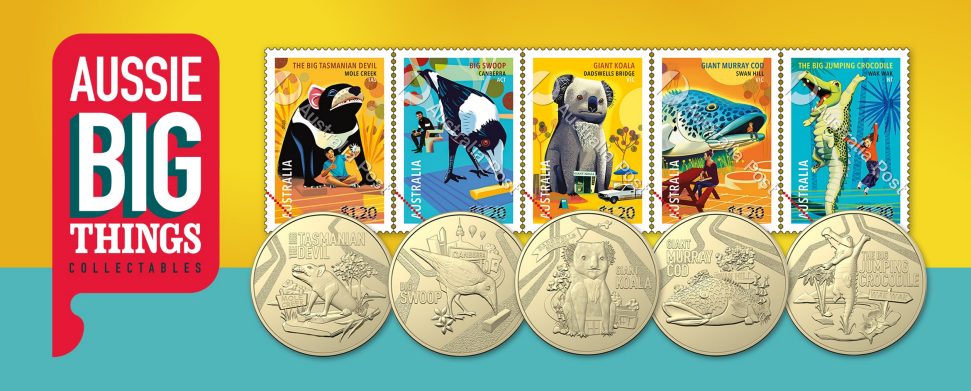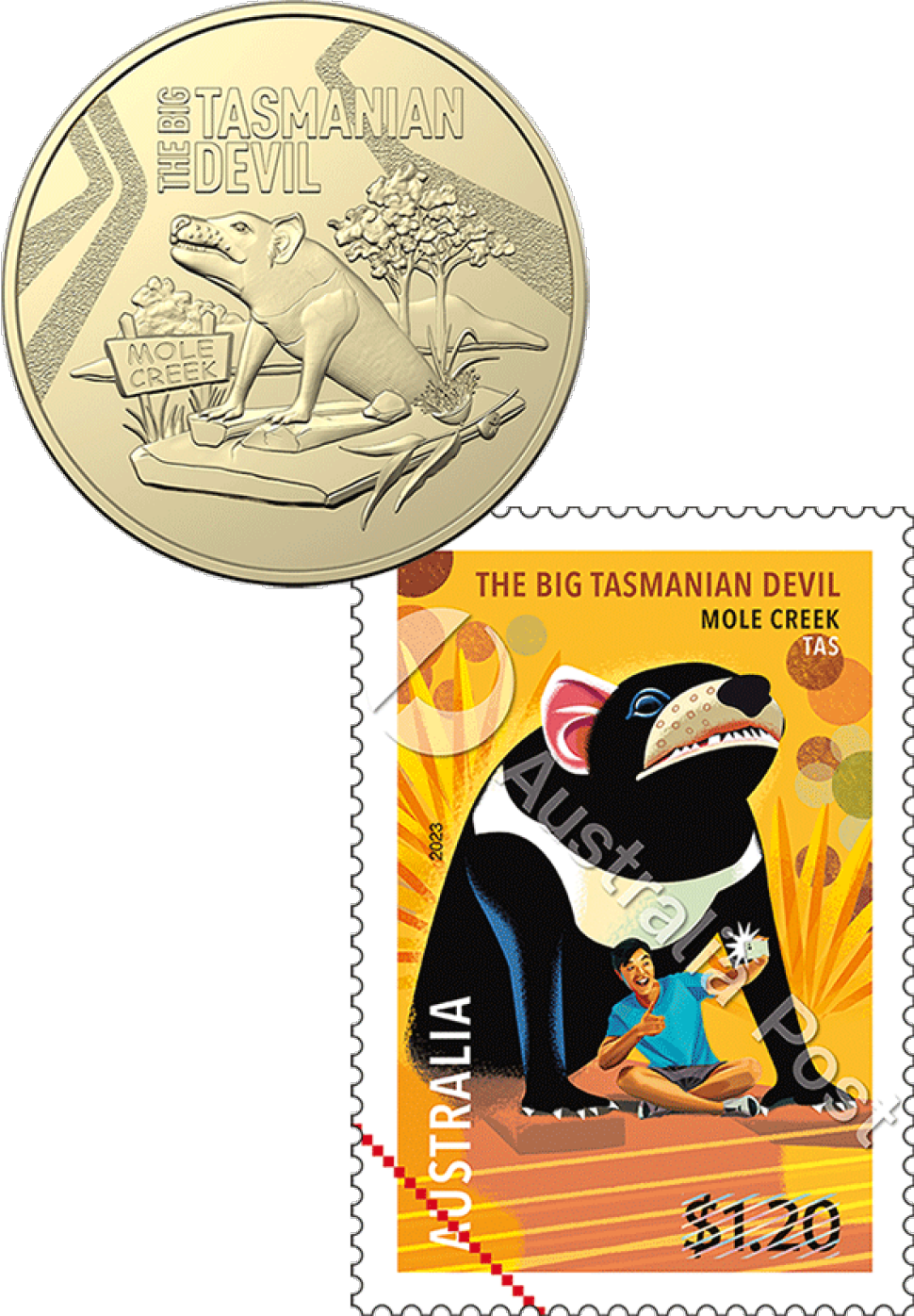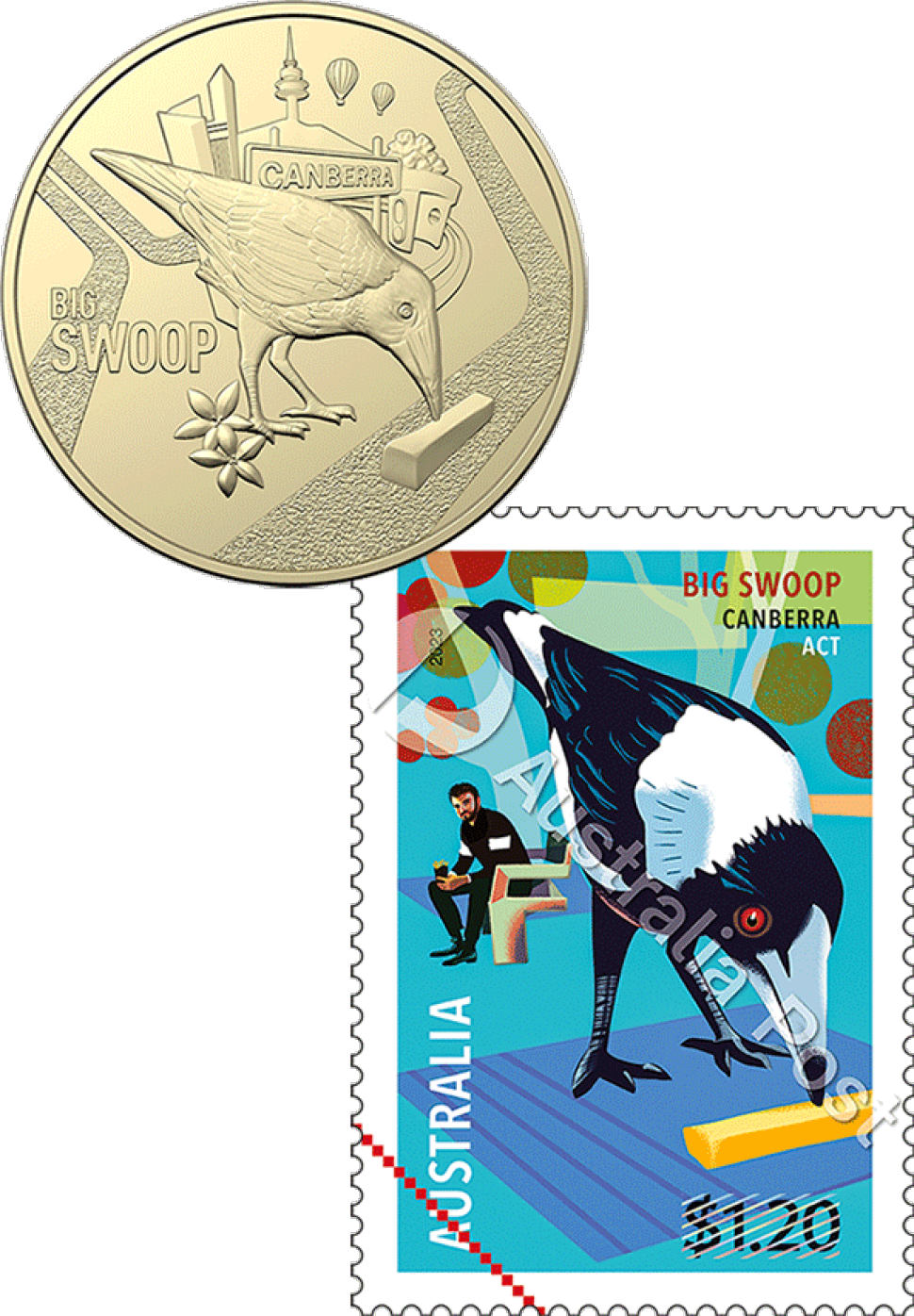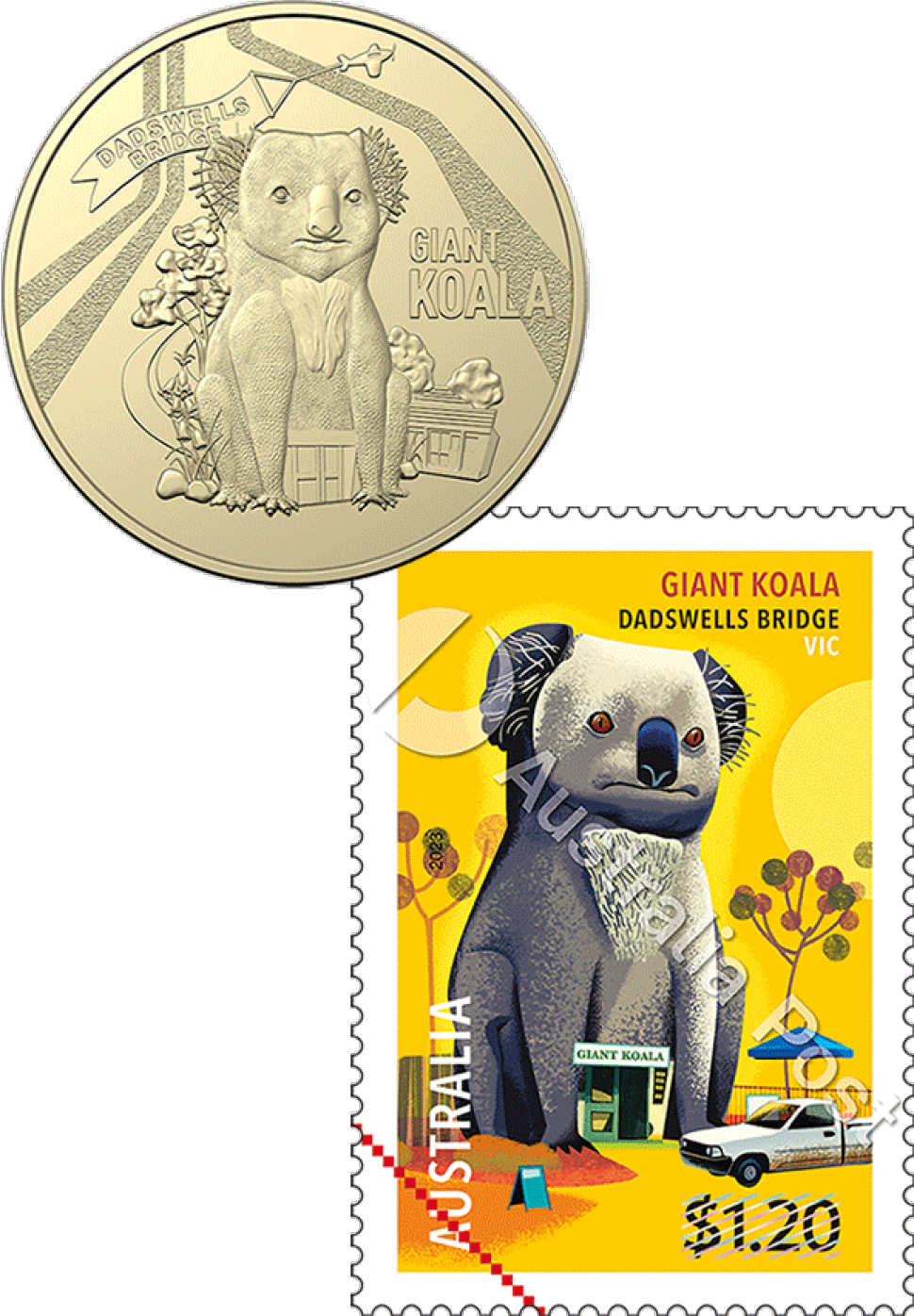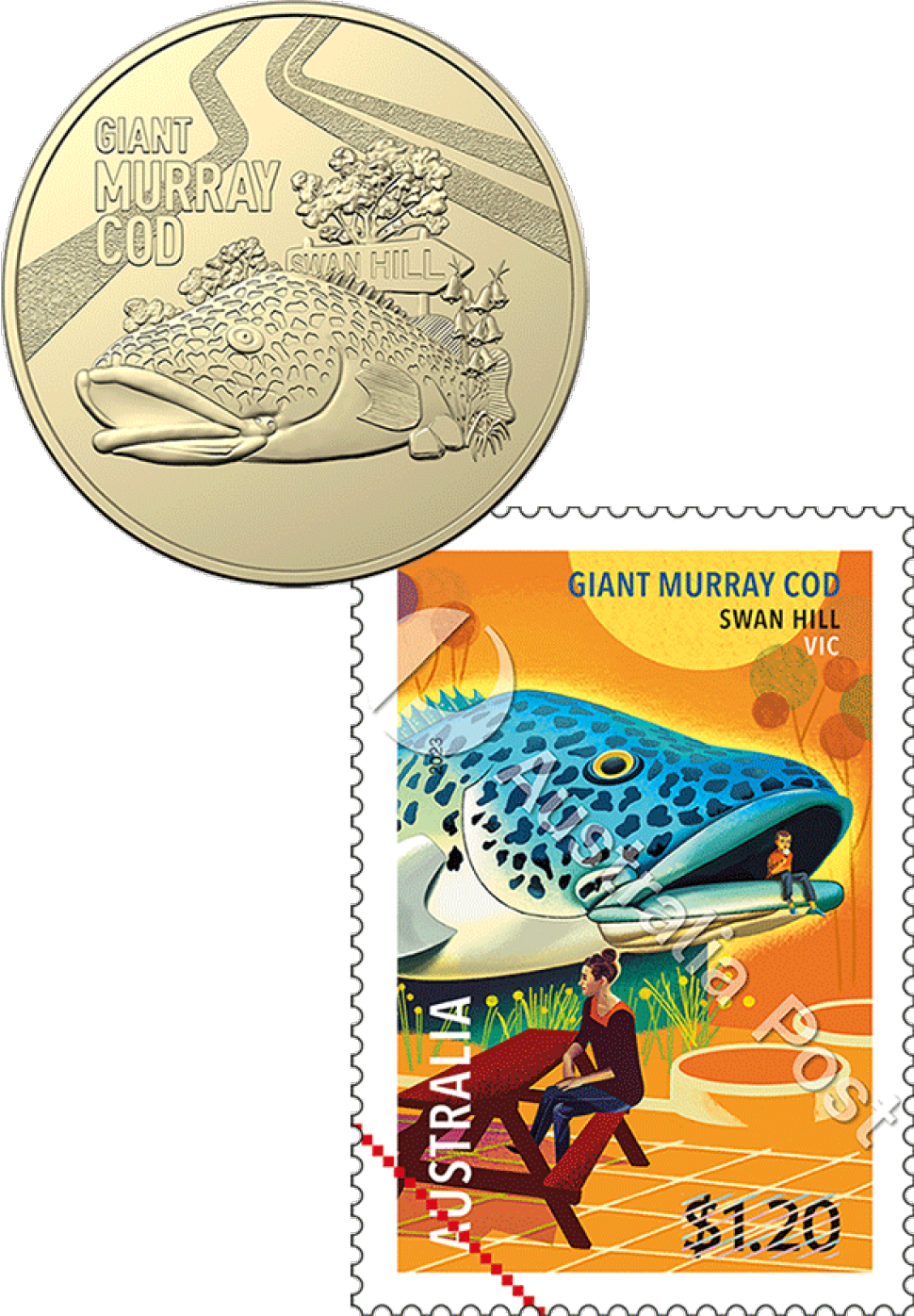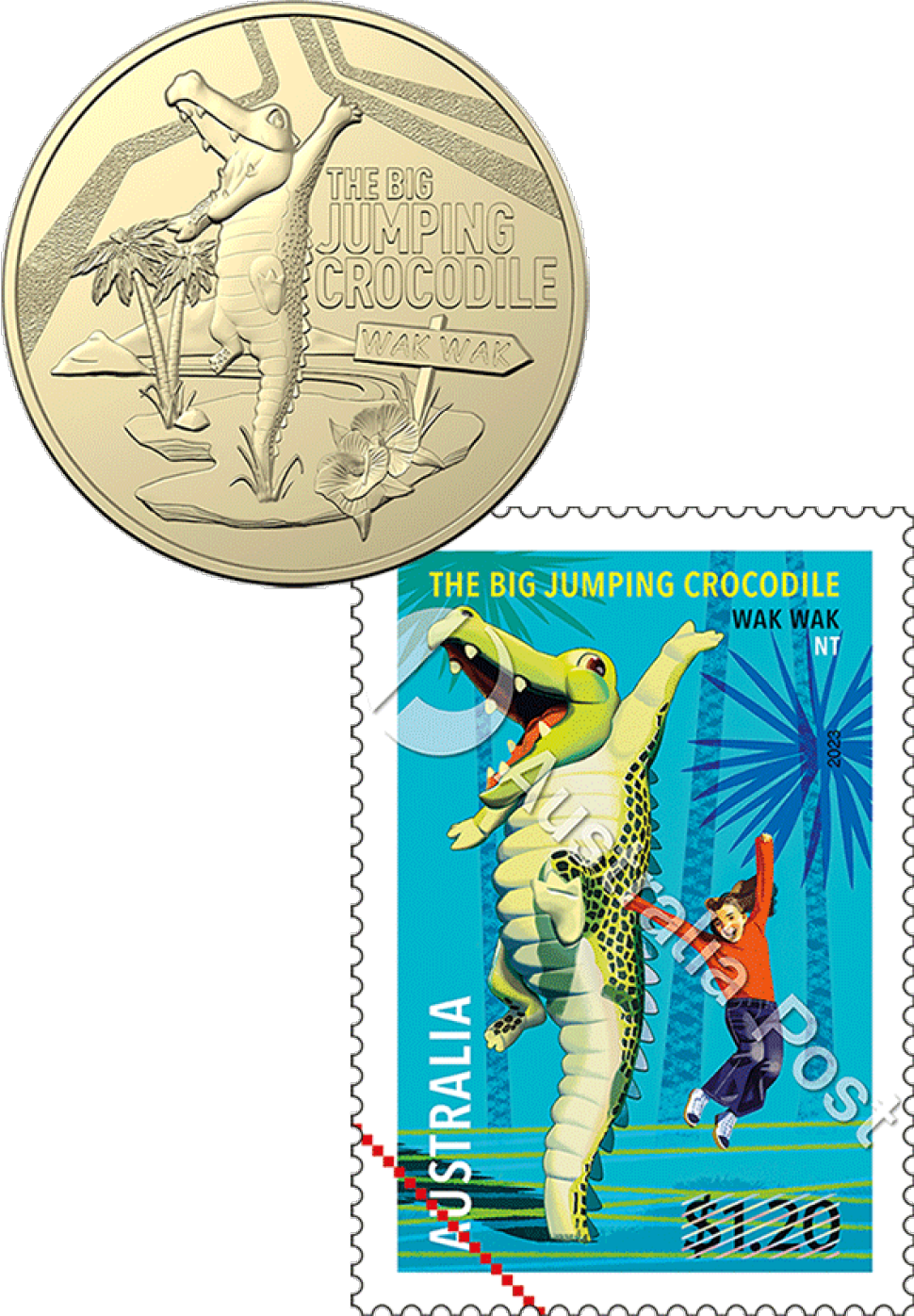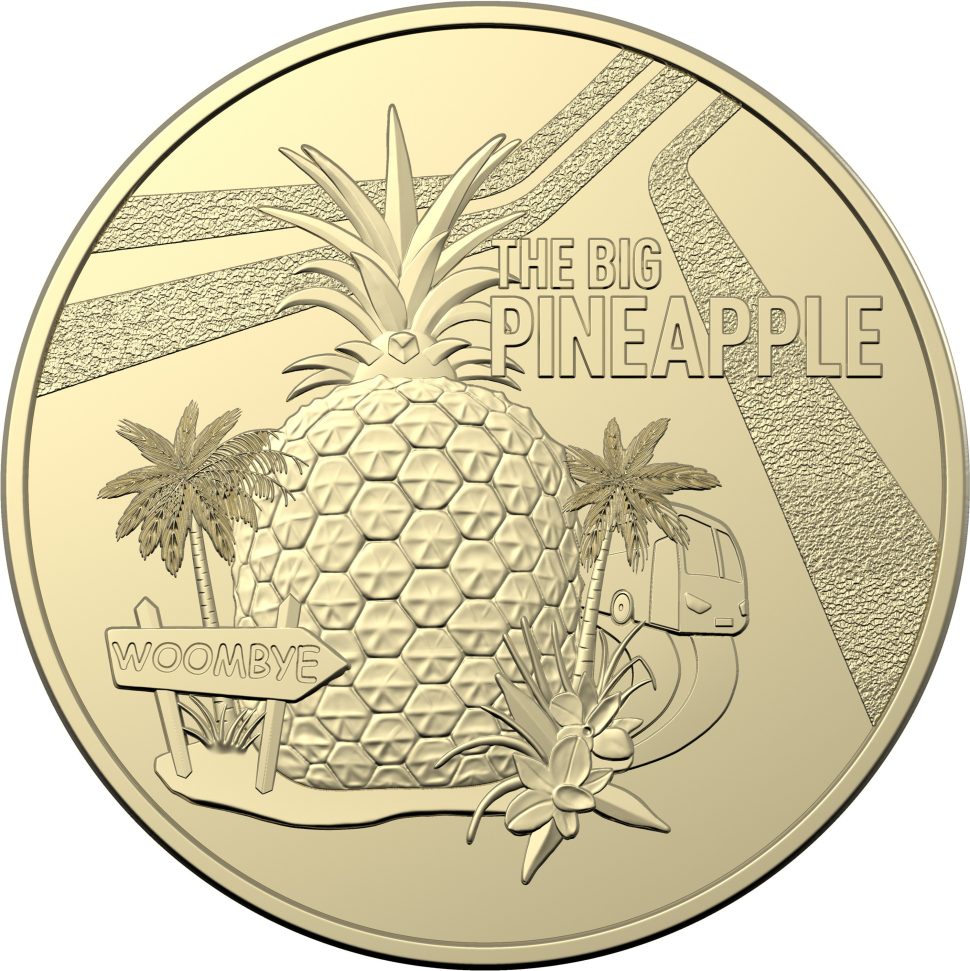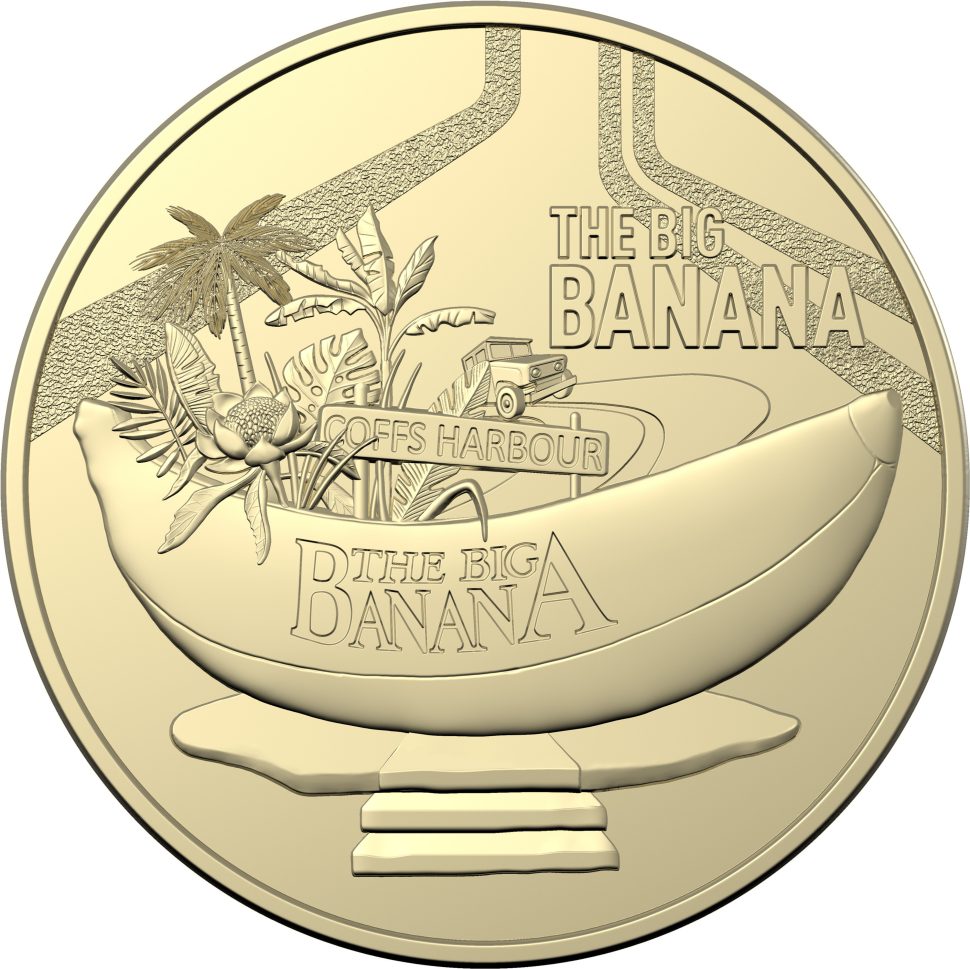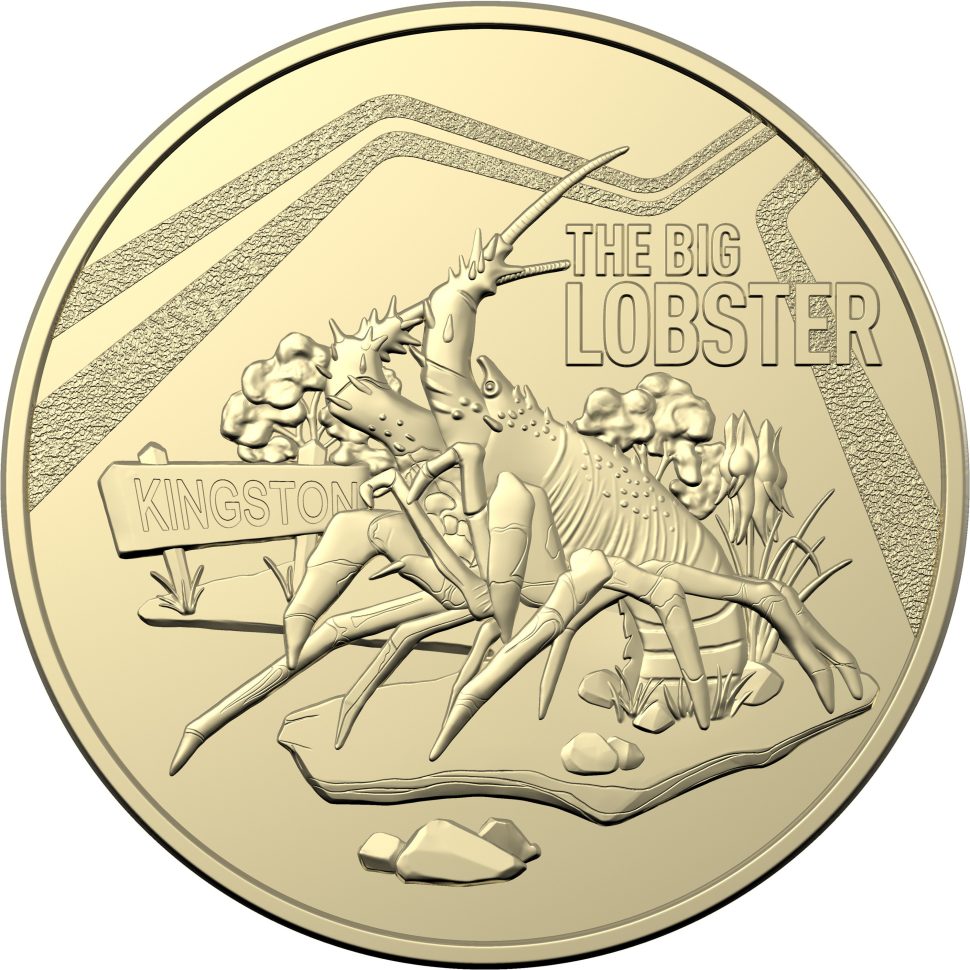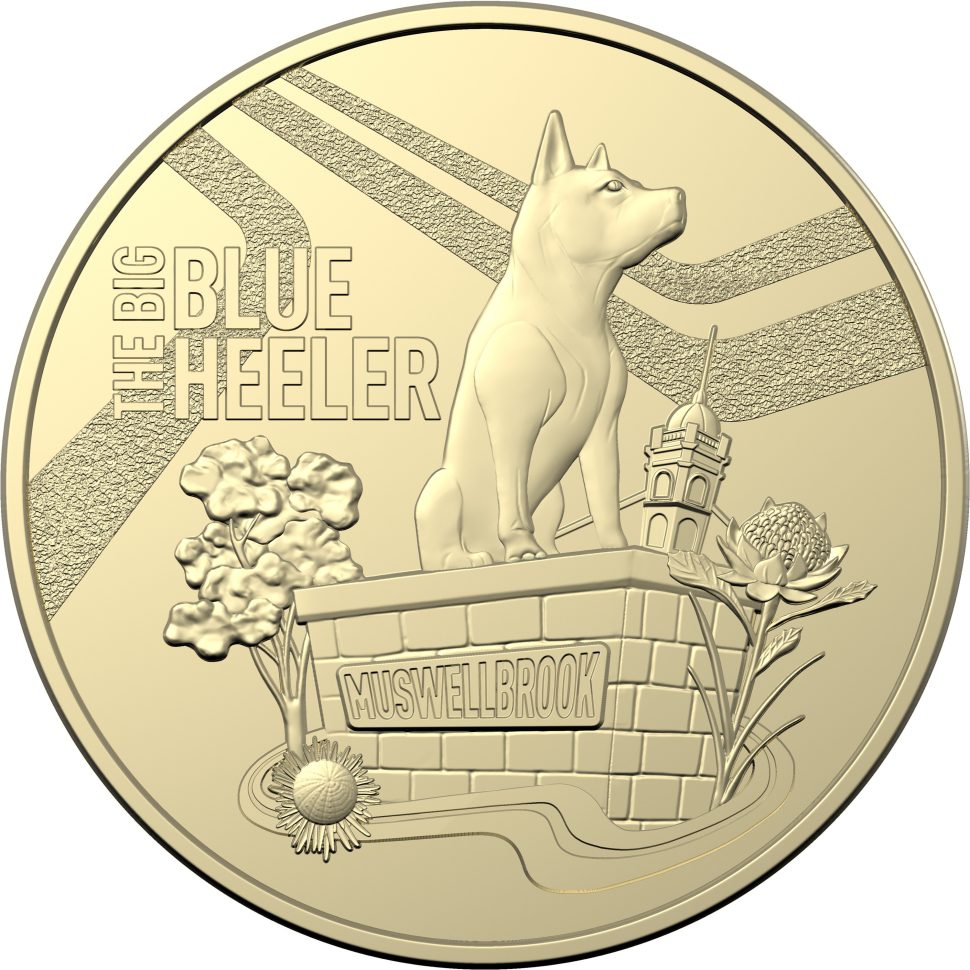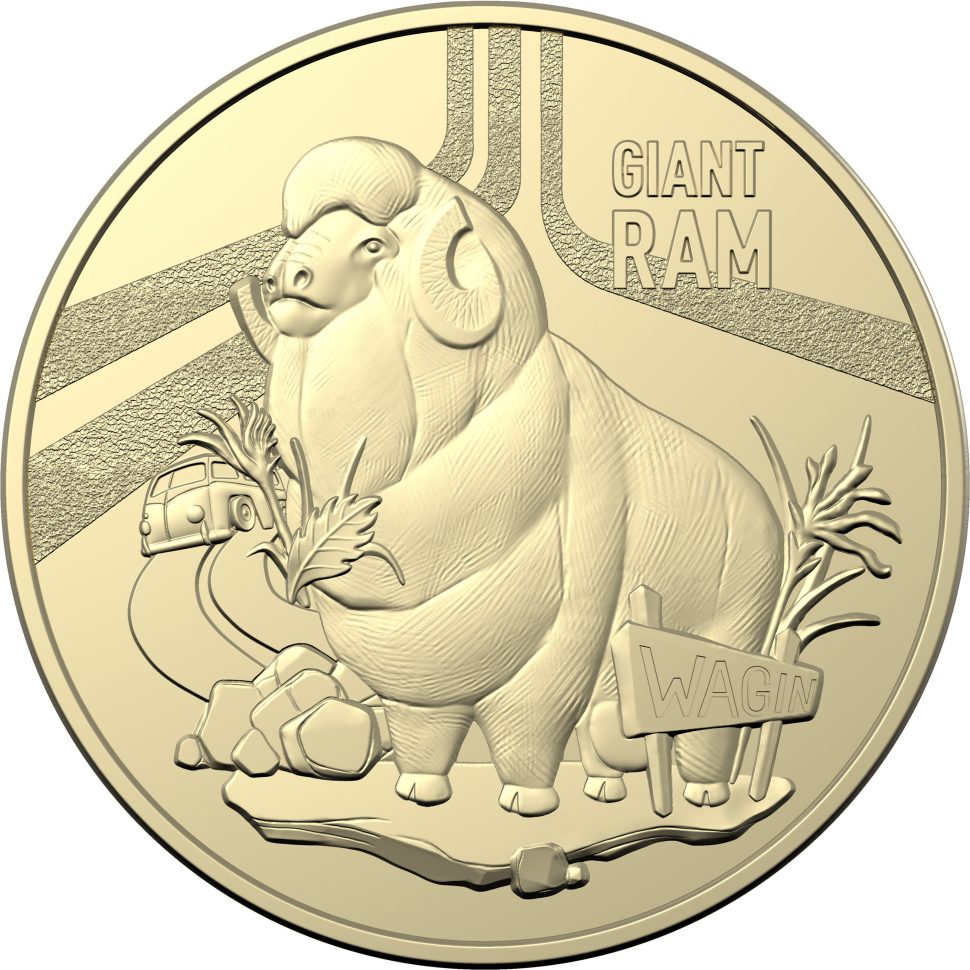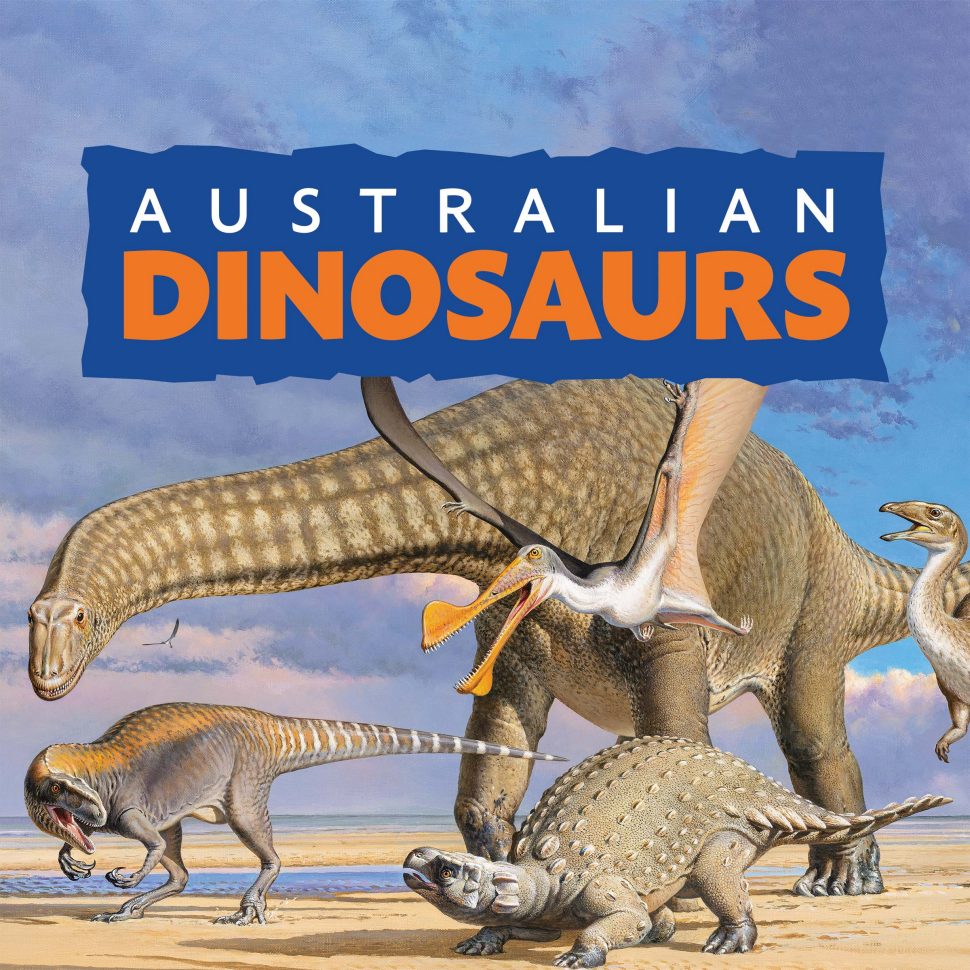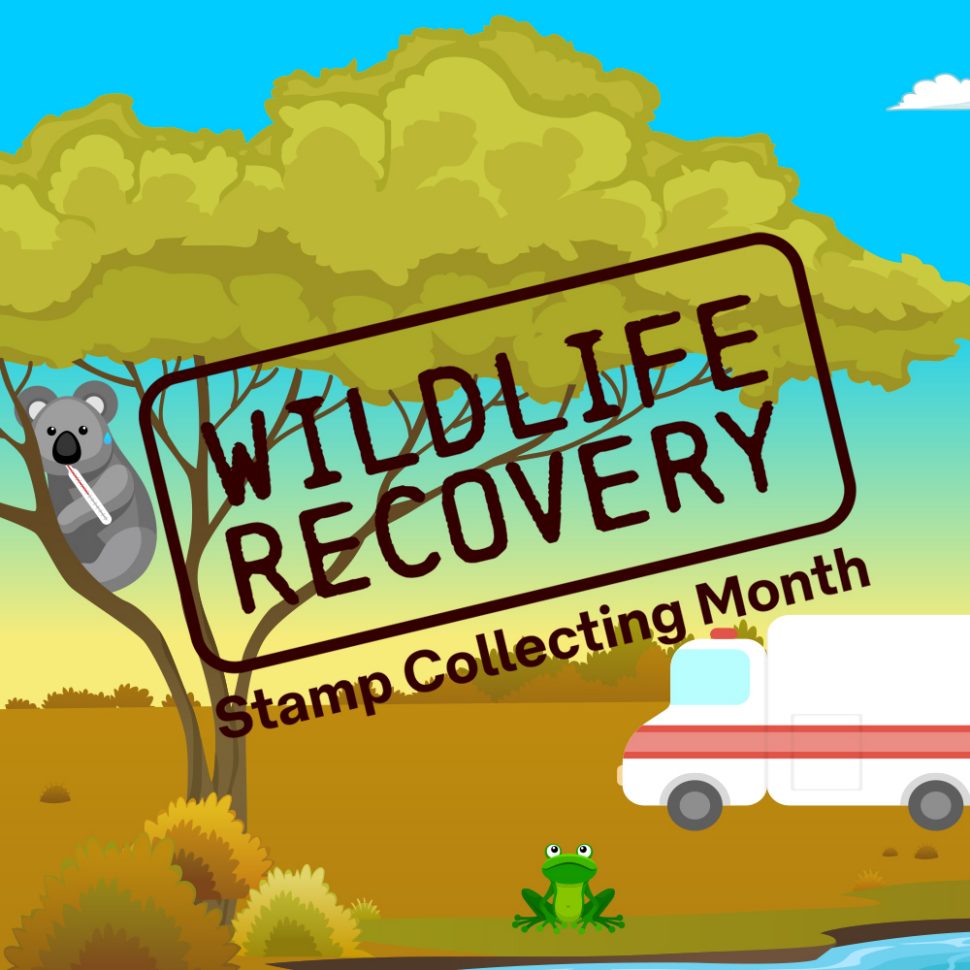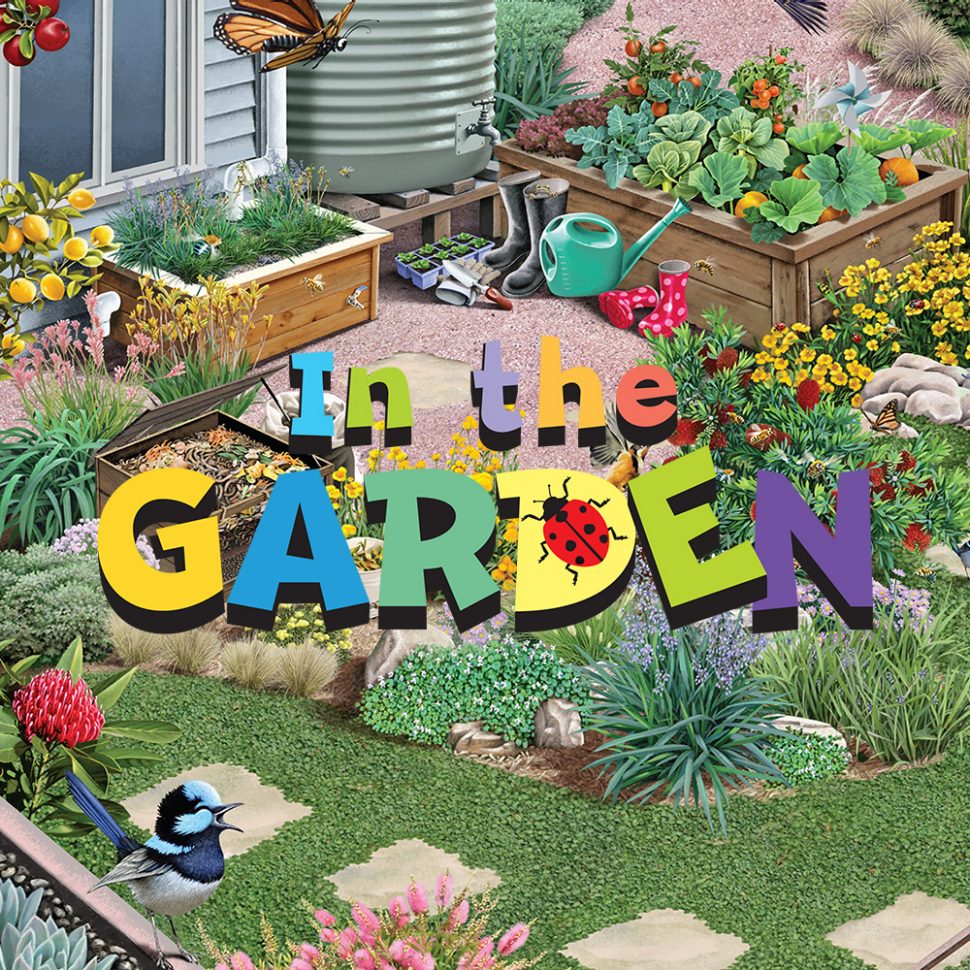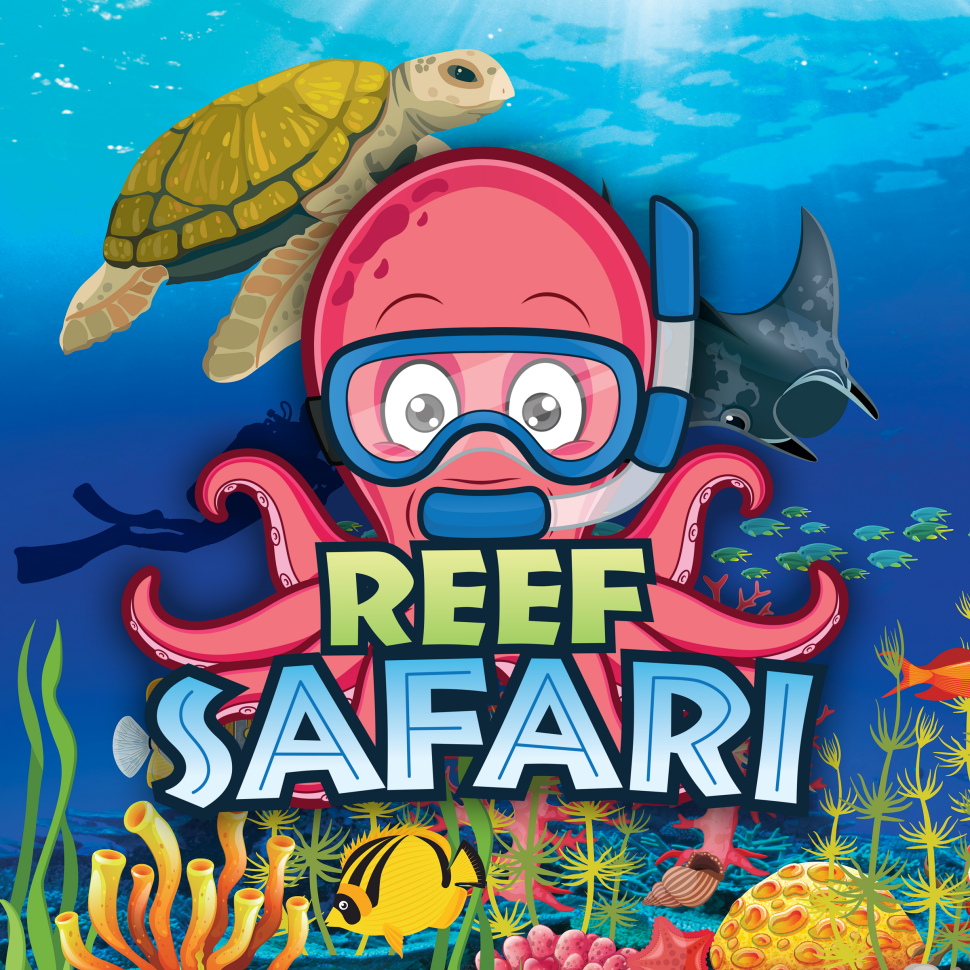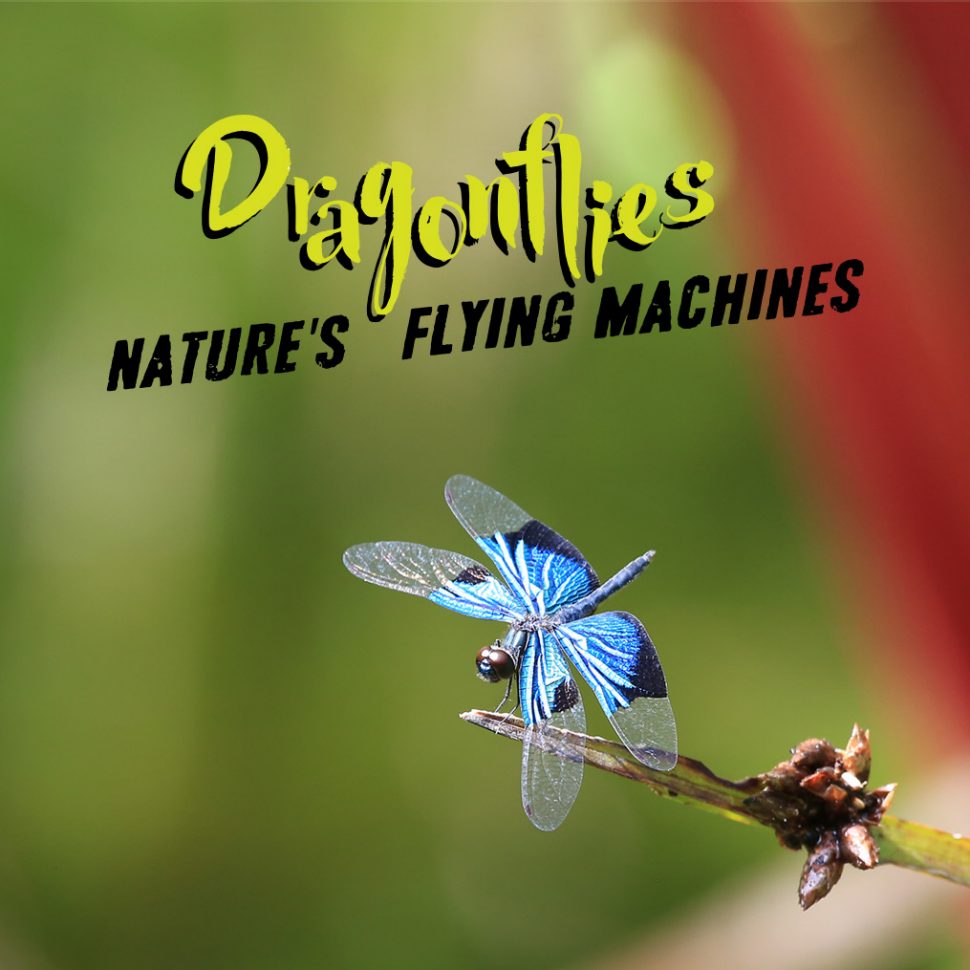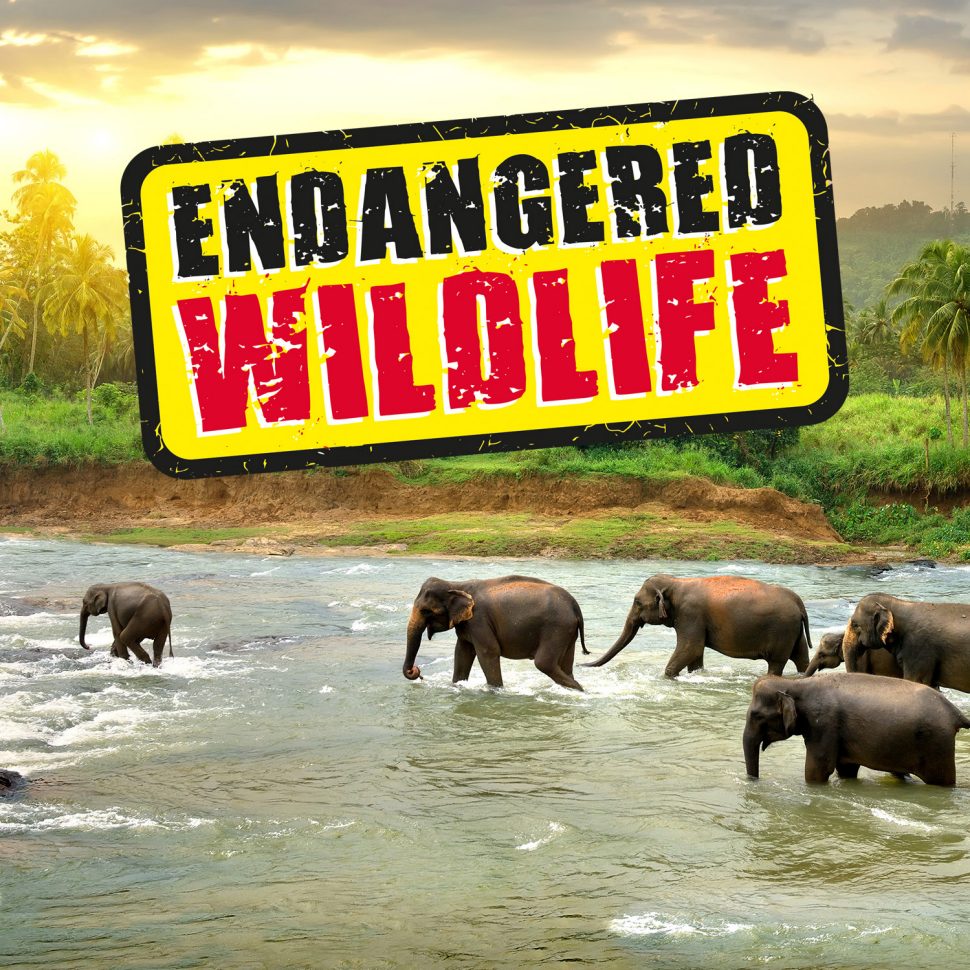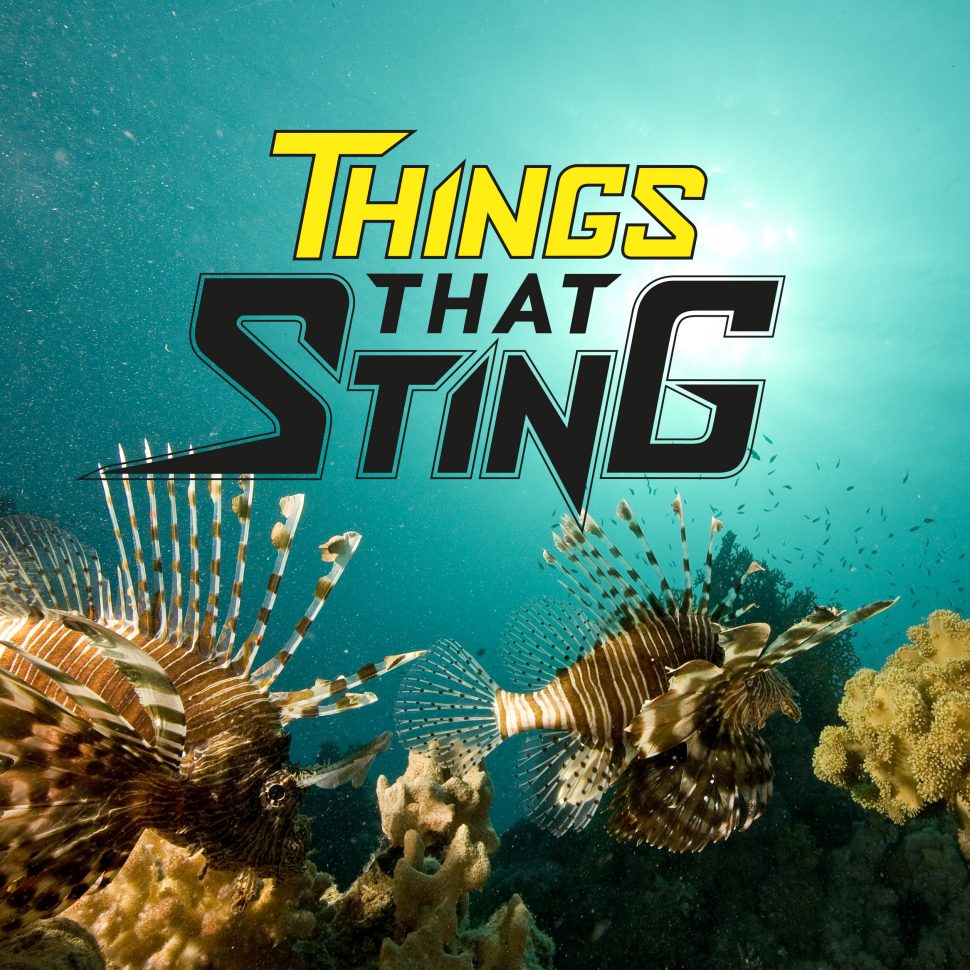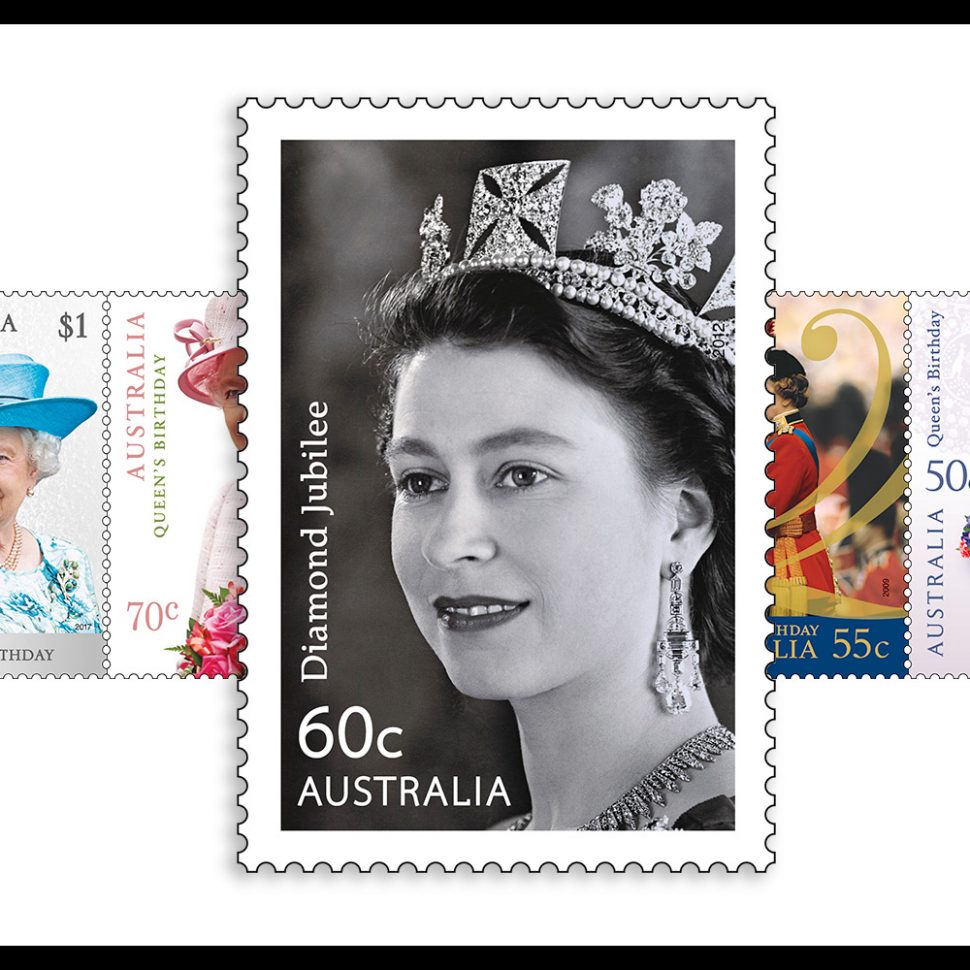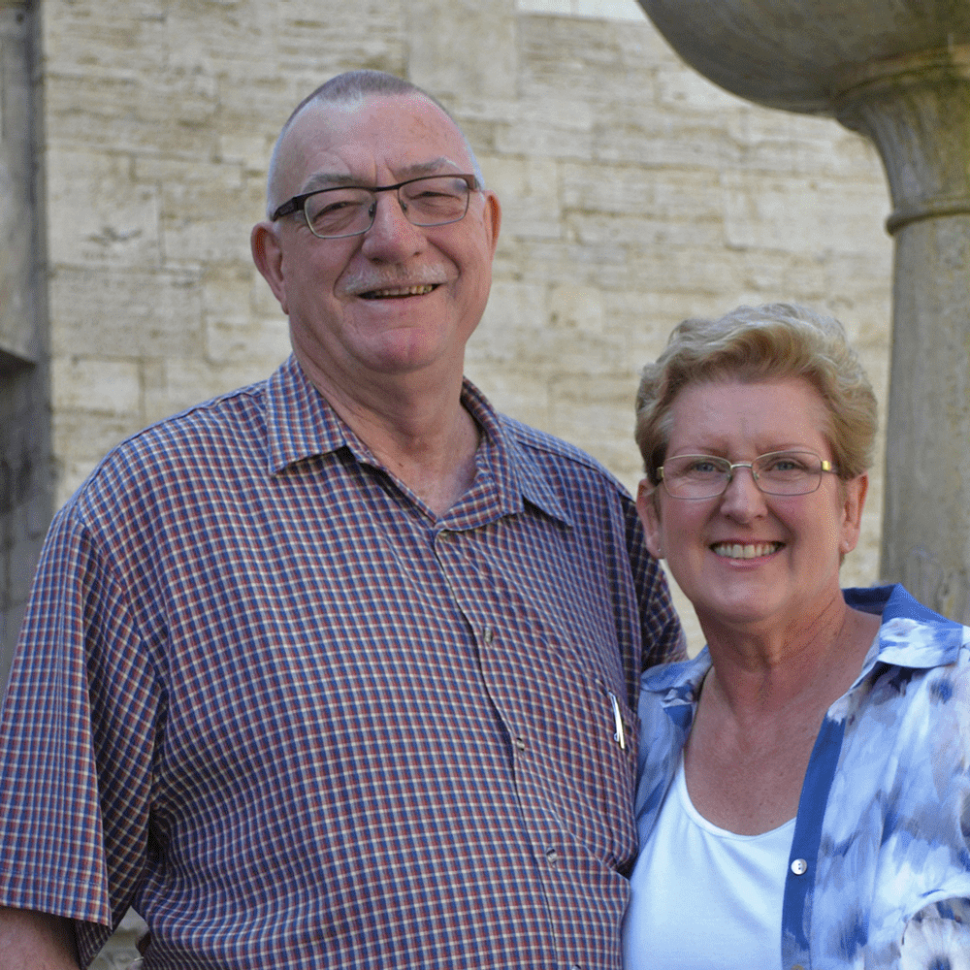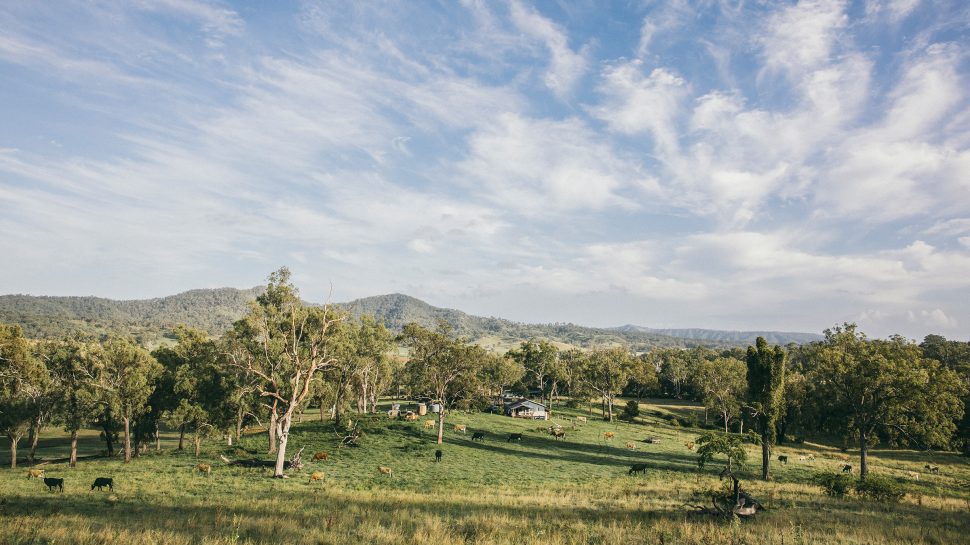Our big brown land is dotted with over-sized manmade statues of animals, produce and objects we have come to know affectionately as “Big Things”. Colourful, in-your-face and entertaining, a Big Thing makes an unequivocal mark on this ancient continent.
Most are erected primarily for commercial reasons, to attract visitors, or to promote a business. Some also promote wildlife conservation of the species represented. Here we present 10 of Australia’s most iconic Big Things and celebrate Collecting Month 2023.
The Big Tasmanian Devil (TAS)
If there’s one devil that’s worth meeting face to face, it’s got to be The Big Tasmanian Devil in Mole Creek, Tasmania. Emerging from the ground and up onto its front legs, this giant black and white devil looks somewhat fearsome, but don’t be fooled.
In reality, Tassie Devils are the size of a small dog and while they can let out a menacing screech, they don’t pose a threat to humans. In fact, The Big Tasmanian Devil was built to honour ‘Mickey’ - said to be the world’s first tame Tassie Devil. Mickey lived from 1979 to 1987 and in that time, purportedly allowed hundreds of thousands of people to pat him. Mickey is now buried underneath the Big Tasmanian Devil, so be sure to pay tribute to him when you visit.
Not far from The Big Tasmanian Devil is Trowunna Wildlife Sanctuary and Devil Research Centre. So, once you’ve had your photos with what will surely be the largest Tassie Devil you’ll ever see, head on to the wildlife sanctuary to learn more about this fascinating marsupial and its role in Tasmania.
Big Swoop (ACT)
Canberra is home to a long list of attractions including Parliament House, the Australian War Memorial, National Gallery of Australia and, as of just last year, the Big Swoop! Love them or loathe them, magpies are a ubiquitous part of Australia’s birdlife and the Big Swoop has taken permanent residence in Garema Place, Canberra.
According to the Big Swoop’s creator Yanni Pounartzis, the giant magpie grew up in Canberra on a diet of hot chips from an infamous local takeaway, before spreading his wings and visiting Sydney. He then returned to Canberra for the fresh air (and no doubt the hot chips, too!)
Weighing an almighty half-tonne and stretching 3.5 metres long, it’s a relief that the Big Swoop is unlikely to take to the skies. While magpies are recognised for their masterful song and warble, their darker side has left many unsuspecting cyclists and walkers ducking for cover when these agile birds swoop to protect their territory.
Thankfully the Big Swoop has his own giant chip, which will hopefully keep him occupied and allow Canberrans and tourists to go about their shopping without risking an injury.
Easily identified by their black and white plumage, magpies are intelligent creatures. It is thought they can recognise up to 100 human faces and mimic the sounds of 35 different species of bird and even dogs and horses.
Giant Koala (VIC)
Dadswell’s Bridge in Victoria may have a small human population but it’s also home to one Giant Koala! Sitting proudly alongside the Western Highway, the fiberglass and bronze statue is a whopping 14 metres high, 8 metres wide and weighs an impressive 12 tonnes. It really is hard to miss.
Created in 1989, the monument is one of Australia’s most photographed ‘Big Things’. Ironically, it was created by a Dutch designer, Ben Van Zetton. Said to bear a striking resemblance to a real koala (other than its size!), it’s thought the Dutch designer created the statue to draw attention to the plight of koalas.
In 2009, the Giant Koala was formally named ‘Sam’ in honour of a koala rescued by a firefighter. Vision of the koala being rescued from a bushfire went viral and the renaming of the statue became a fitting way to pay tribute to Sam.
Once you’ve snapped your selfie with Sam, visit the gift shop on which Sam sits to learn more about koalas and pop into the café next door to revive for your drive with a snack.
Giant Murray Cod (VIC)
Visitors exiting the Swan Hill train station in Victoria are likely to do a double-take as they come face to face with a large, beautiful fish out of water. After all, the Giant Murray Cod is hard to miss with its striking, patterned paint job, yellow eyes and gaping mouth.
Rarely can being ‘a fish out of water’ be a good thing, however the Giant Murray Cod is a tribute to the Australian native fish that populates the Murray River, the country’s longest river. The Murray Cod is, in fact, Australia’s largest native fish and its replica in Swan Hill is a mighty 11 metres long and six metres wide. A magnificent landmark that is worth stopping for.
Originally built as a prop for Australian film, Eight Ball, the Swan Hill community liked it so much, they pulled together to make the prop a permanent feature in the town.
While it’s easy to catch a glimpse of this colossal cod landmark, it’s much harder to hook a real Murray cod on a fishing line, thanks to the breed’s cunning nature and knowledge of the river system it calls home.
The Big Jumping Crocodile (NT)
Things are done a little differently in the Northern Territory – winters are warm, boats are raced in dry rivers and crocodiles launch themselves right out of the water, with a jump high enough to make any high-jumper jealous!
Say hello to The Big Jumping Crocodile. Turn off the Arnhem Highway near Adelaide River and you’ll come face to face with a seemingly friendly crocodile, jumping for joy. It resides in the carpark of a business that runs river cruises to see real (and probably less friendly) crocodiles launch themselves from the water of Adelaide River, resulting in collective gasps of awe from people safely ensconced in sturdy boats.
Built in 1984, the giant crocodile is a replica of its real, salt water reptile counterpart. The salt water crocodile is Australia’s deadliest creature and can live for up to 80 years. Growing up to 5 metres long and weighing up to 1,000 kilograms, you probably don’t want to smile at that type of crocodile. Best to play it safe and snap your selfie with The Big Jumping Crocodile instead!
The Big Pineapple (QLD)
What’s yellow and green, has a spikey hairdo and will catch your eye next time you drive north of Brisbane? Why, The Big Pineapple, of course! Standing at a whopping 16 metres tall, The Big Pineapple certainly stands out on the horizon and has been wowing road-trippers since it opened in 1971.
Found on the Nambour Connection Road in the Sunshine Coast Region, Queensland, The Big Pineapple has weathered nearby fires and tornados to continue standing tall. Pineapples were first planted in Queensland in 1824 and since then, have become a symbol strongly associated with the ‘sunshine state’. Queensland’s warm and sunny days provide the perfect climate for the juicy and sweet fruit to thrive.
The giant, steel-framed pineapple is made from fibre glass and has a curved internal staircase allowing visitors to ascend two levels to the viewing platform. The inside walls tell the story of the pineapple industry, with The Big Pineapple one of the early examples of ‘agri-tourism’.
A much-loved icon of Queensland, attracting thousands of visitors a year, The Big Pineapple became heritage-listed in 2009 and is recognised as a place of importance and evolution in Queensland’s history. On the same site is The Big Pineapple Train and a TreeTop Challenge, giving visitors the chance to break up a long drive and get more than a taste of one of Queensland’s most beloved fruits.
The Big Banana (NSW)
In line with Australia’s love of ‘Big Things,’ and especially ‘Big Fruit’, is The Big Banana in Coffs Harbour, New South Wales. Built in 1964, the 13m long yellow banana was one of the first Big Things in Australia. You’ll find it in The Big Banana Fun Park, which is on the grounds of a working banana plantation and also home to a Water Park, Mini Golf, Laser Tag, Ice Skating a Giant Slide and much more.
The origins of The Big Banana can be traced back to John Landi, who had a roadside banana stall in Coffs Harbour in the sixties. Wanting to encourage more traffic to stop at his stall, John thought a giant roadside banana would be cause to pull over, and hence, The Big Banana became a reality. Built in just three months, it’s one of the best-known ‘Big Things’.
Curious visitors who stop at the attraction can actually find themselves inside The Big Banana, where they can learn about different types of the much-loved fruit and more about Coffs Harbour, home to a thriving banana industry.
Once you’ve exhausted yourselves exploring The Big Banana and surrounding Fun Park, you’d be forgiven for working up quite an appetite. Thankfully, the ‘Going Bananas Café' will come to the rescue with a range of banana-themed treats including banana fritters, banana pancakes and of course, a good old banana split.
You’d be bananas not to stop the next time you’re in Coffs Harbour!
The Big Lobster (SA)
Whether you love seafood or not, it’s hard not to get excited when you see The Big Lobster in South Australia. The Big Lobster – or Larry, as it’s known by the locals – is found in Kingston in the state’s south-east, with its surrounding coastal waters prime lobster habitat.
Modelled on a spiny lobster, Larry stands at an impressive 17 metres tall, has 10 legs and two giant antennae reaching into the sky. It has been attracting visitors since he was built in 1979 and is four tonnes of steel and fibreglass. With his bright red paint job, it really is hard to miss Larry, The Big Lobster.
Taking six months to build, Larry has since undergone restoration to ensure he’s as dashing as ever for today’s visitors.
The Big Blue Heeler (NSW)
They say ‘a man’s best friend is his dog’ and nowhere is it truer than in Muswellbrook, New South Wales, where the community has immortalised their best friend in The Big Blue Heeler sculpture. Standing at two metres tall, The Big Blue Heeler – an Australian Cattle Dog – pays tribute to a breed that has made itself indispensable and part of Australian culture.
Known for their endurance, agility and hard-working nature, the Australian Cattle Dog was first bred in ‘Dartbrook’ a large property just 12 kilometres from Muswellbrook. It solidified its place in Australian culture as the ideal breed to help muster wild bush cattle. Apart from its stamina and ability to withstand the Australian heat, Blue Heelers are intelligent and quiet and can quickly round up wandering cattle.
Built and erected in 2016 by Brett “Mon” Garling , The Big Blue Heeler is 240 kilometres north of Sydney.
Giant Ram (WA)
As Australia’s largest state, Western Australia certainly does things on a grand scale. You don’t need to look any further than the Giant Ram to appreciate this sentiment. About 230 kilometres south-east of Perth is Wagin, which is prime sheep country, where you’ll find the Giant Ram. Appropriately, his name is Bart, although, ‘Baa-rt’, could also have been a good contender.
Celebrating its successful sheep and wool industry, Wagin produced its biggest ever sheep (ram) in 1985. The Giant Ram is a whopping 13 metres long, nine metres high and weighs at least four tonnes – imagine the chops on this guy! Its fibreglass outer is supported by a sturdy steel frame. He’s coloured white and has an impressive set of curled horns.
Attracting thousands of visitors each year and being one of the most photographed icons in the State, Bart the Giant Ram is certainly a prized sheep and you’d be mad to miss this woolly wonder.
This content was produced during September 2023 and will not be updated.
